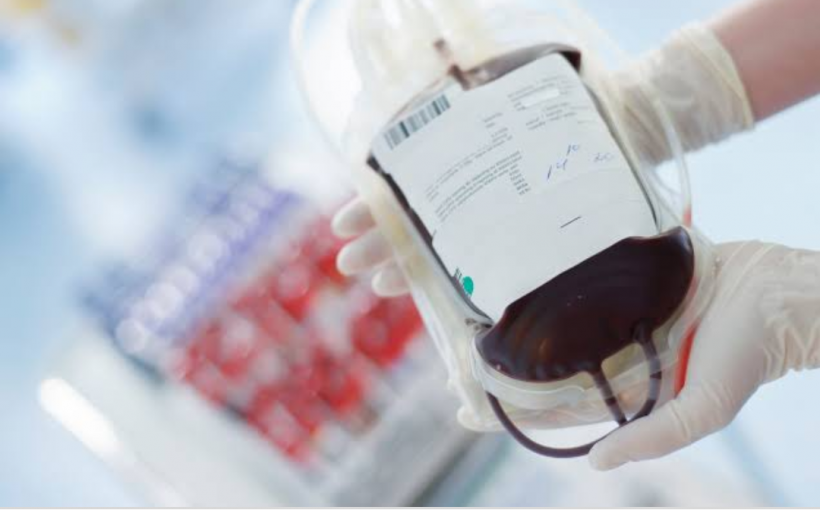A team of Japanese experts created the ‘blood’ complete with red blood cells, which carry oxygen, and platelets, which trigger clotting when the skin is cut or grazed. When tested on 10 rabbits with severe blood loss, six survived. The scientists claim this is comparable to if the animals were treated with real blood.
They believe their invention could save those who would otherwise die by enabling injured people to be treated immediately at the scene. Patients often have to go to hospital where doctors discern their blood type before a transfusion. Some air ambulances in the UK already carry supplies of O-negative blood, which is dubbed the ‘universal’ type because it can be given to anyone in an emergency.
But it’s also the rarest, meaning demand far outstrips supply. The artificial blood was created by scientists from the National Defense Medical College in the city of Tokorozawa. They reported their results in the journal Transfusion.It is difficult to stock a sufficient amount of blood for transfusions in such regions as remote islands,’ study author Dr Manabu Kinoshita said. ‘The artificial blood will be able to save the lives of people who otherwise could not be saved. ‘ A serious injury can cause patients to bleed profusely.
A loss of platelets means blood cannot clot fast enough, while falling red blood cells prevents oxygen reaching vital organs. To treat this as quickly as possible, hospitals are forced to have large volumes of different blood types on hand. To overcome this, the scientists created a ‘blood’ where platelets and red blood cells are stored in microscopic sacs called liposomes within the liquid.It can reportedly be stored at normal temperatures for more than a year.
Platelets in donor blood only keep for four days if shaken beforehand to prevent them solidifying. And red blood cells start to turn at 20 days even if stored at low temperatures. When the artificial blood was tested on rabbits, no side effects, like clotting, were reported. It is unclear exactly how the artificial blood overcomes the issue of a patient’s specific blood type.
Blood type is determined by proteins called antibodies and antigens. Antibodies are in the liquid plasma and make up part of the immune system. Antigens are found on the surface of red blood cells. The artificial blood may have been developed to have no antibodies or antigens, making it ‘universal’. Receiving a transfusion of the wrong blood type rarely occurs. For every one million units of blood transfused in the US, the incorrect type is said to be given at most four times, according to UW Health. The consequences of the mistake, however, can be life-threatening.


